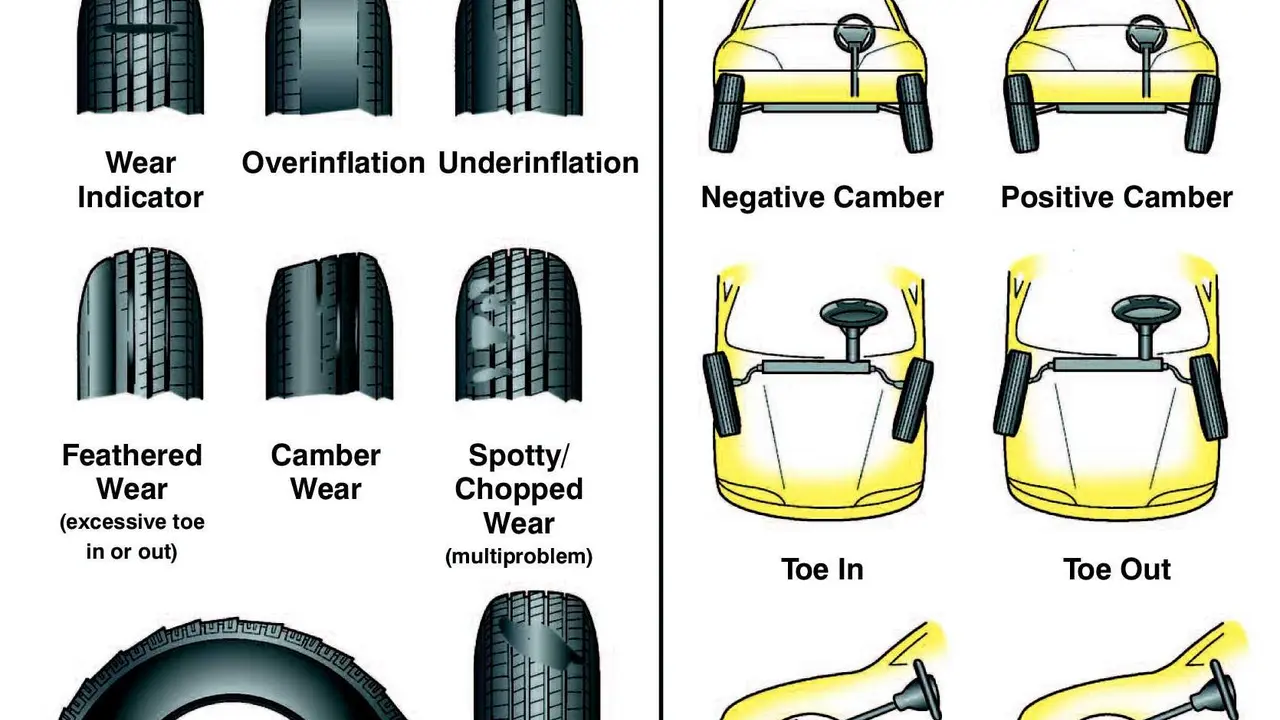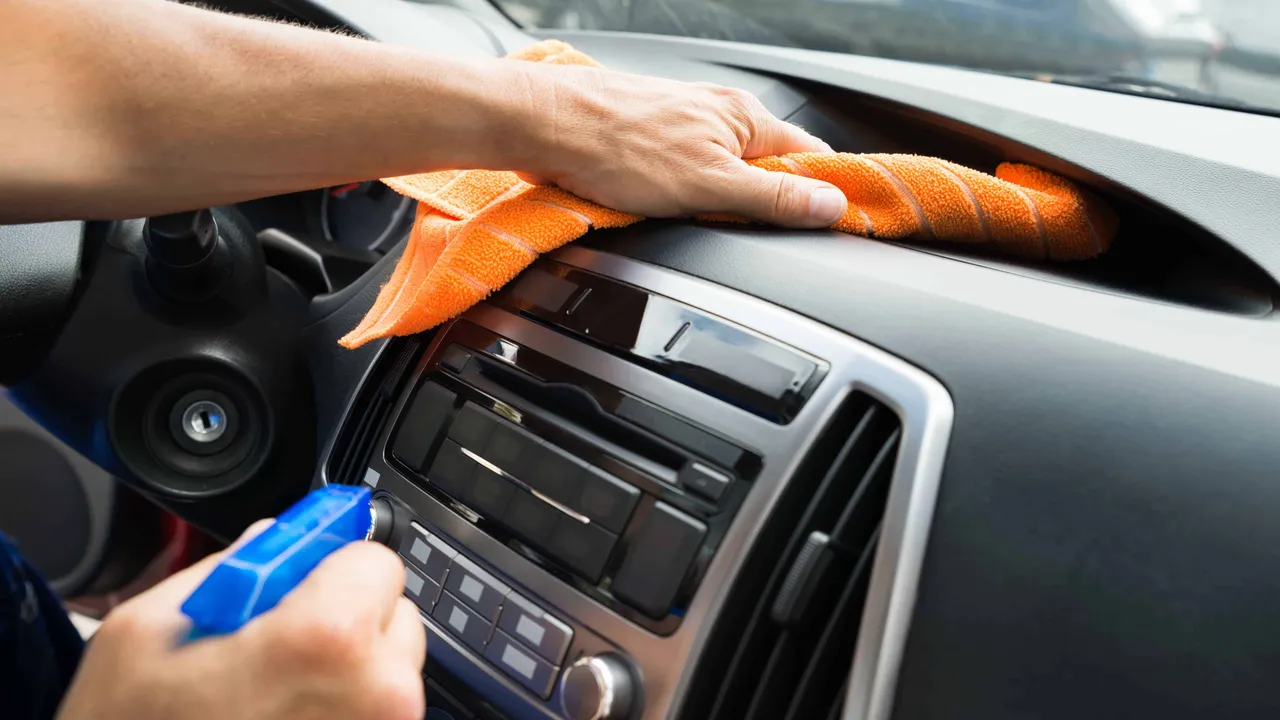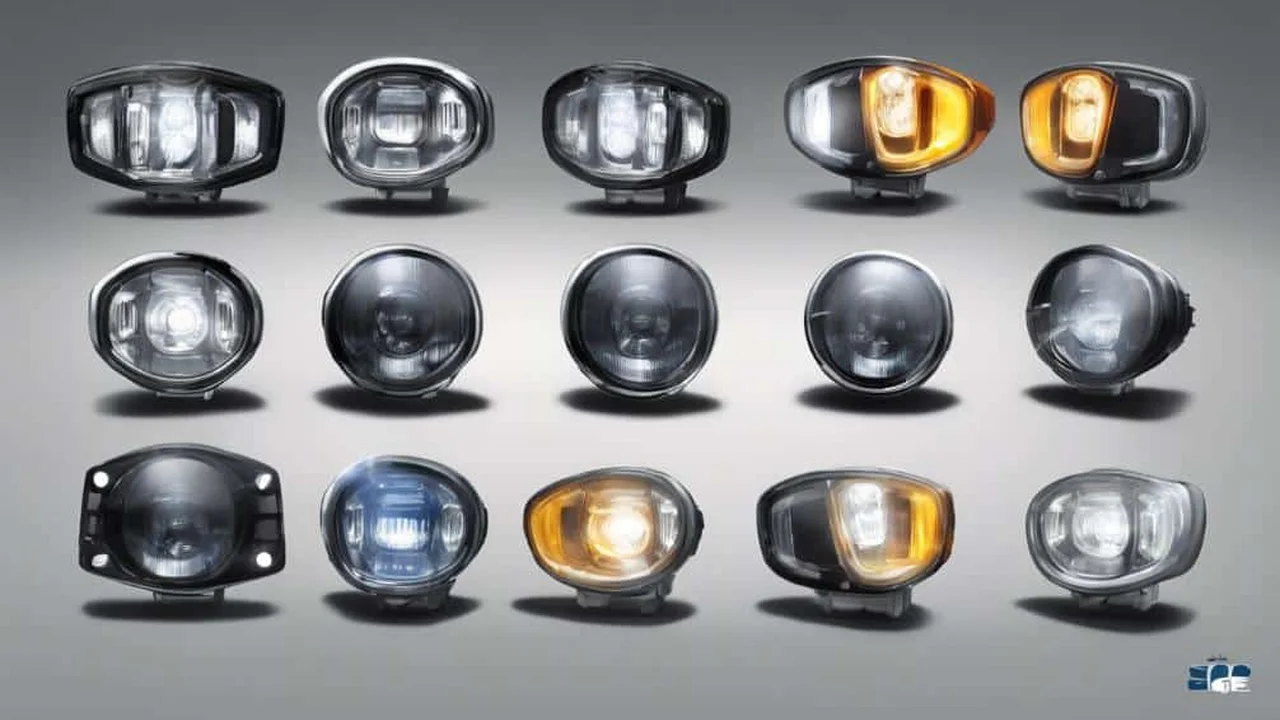DIY Wheel Installation: A Step-by-Step Guide
Save money and install your wheels yourself. This guide provides clear, step-by-step instructions. Learn essential tools and techniques for a safe and successful installation.

Preparing for Your DIY Wheel Installation Project
So, you're thinking about swapping out your old wheels for a fresh new set? Awesome! Installing wheels yourself can save you some serious cash, plus it's a great way to get hands-on with your car. But before you dive in headfirst, let's make sure you're properly prepared. This isn't just about slapping on some new rims; it's about doing it safely and correctly.
Gathering the Right Tools for Wheel Installation
First things first, you'll need the right tools. Here's a list of essentials:
- Lug Wrench: This is your bread and butter. Make sure it's the right size for your lug nuts. Some cars come with a flimsy one; consider upgrading to a sturdier option.
- Torque Wrench: Absolutely crucial. Over-tightening lug nuts can damage your wheels or studs, and under-tightening can be downright dangerous. A torque wrench ensures you tighten them to the manufacturer's specifications.
- Jack: You'll need a reliable jack to lift your car. The factory jack is usually okay for emergencies, but a hydraulic floor jack is much safer and easier to use.
- Jack Stands: Never, ever work under a car supported only by a jack. Jack stands are a non-negotiable safety item. Place them securely under the car's frame.
- Wheel Chocks: Place these behind the wheels that are staying on the ground to prevent the car from rolling.
- Gloves: Protect your hands from dirt and grime.
- Wheel Cleaner & Rags: Give your new wheels a quick clean before installation.
- Lug Nut Socket Set: Different wheels may require different sized sockets.
- Penetrating Oil: In case your lug nuts are stubborn and rusty.
- Wheel Alignment Tool (Optional): These help align the wheel studs with the wheel holes, making installation easier.
Choosing the Right Wheels and Verifying Fitment for DIY Install
Before you even buy your new wheels, make sure they're the right fit for your car. This is super important! Check the bolt pattern, offset, and center bore. You can usually find this information in your car's owner's manual or online. Websites like Tire Rack are great resources for checking wheel fitment.
Bolt Pattern: This refers to the number and spacing of the lug holes on your wheel. It needs to match the bolt pattern on your car's hub. For example, 5x114.3 means 5 lug holes spaced 114.3mm apart.
Offset: This is the distance between the wheel's mounting surface and its centerline. It affects how the wheel sits in the wheel well. The wrong offset can cause rubbing or even damage suspension components.
Center Bore: This is the diameter of the hole in the center of the wheel. It needs to match the diameter of the hub on your car. If the center bore is too small, the wheel won't fit. If it's too big, you might need hub-centric rings to ensure proper centering.
Safety First Preparing Your Vehicle for DIY Wheel Installation
Safety is paramount. Find a level, stable surface to work on. Engage the parking brake and chock the wheels that will remain on the ground. Loosen the lug nuts on the wheel you're about to remove *before* you lift the car. This is much easier to do while the wheel is still on the ground. Don't remove them completely, just break them loose.
Step-by-Step DIY Wheel Installation Guide
Alright, let's get down to business! Here's a step-by-step guide to installing your new wheels:
Step 1 Lifting Your Car Safely with a Jack and Jack Stands
Position your jack under the car's designated jacking point. Consult your owner's manual for the correct location. Slowly lift the car until the tire is off the ground. Now, carefully place a jack stand under the car's frame, near the jacking point. Lower the car onto the jack stand. Give the car a good shake to make sure it's stable before proceeding.
Step 2 Removing the Old Wheel and Tire Assembly
Now that the car is safely supported, remove the lug nuts completely. Keep them in a safe place so you don't lose them. Carefully remove the old wheel and tire assembly. It might be a little stuck, so give it a gentle kick if necessary.
Step 3 Cleaning the Hub and Applying Anti-Seize Lubricant
Before installing the new wheel, clean the hub surface with a wire brush or sandpaper to remove any rust or debris. This will ensure a good contact between the wheel and the hub. Apply a thin layer of anti-seize lubricant to the hub surface. This will prevent the wheel from seizing to the hub in the future.
Step 4 Mounting the New Wheel and Tightening Lug Nuts
Carefully mount the new wheel onto the hub, aligning the lug holes with the studs. If you have a wheel alignment tool, now's the time to use it. Hand-tighten the lug nuts in a star pattern (opposite nuts) to ensure even pressure. Once all the lug nuts are hand-tight, lower the car back to the ground. Now, using your torque wrench, tighten the lug nuts to the manufacturer's specified torque in a star pattern. You can find the correct torque specification in your owner's manual or online.
Step 5 Double Checking Torque Specifications and Ensuring Proper Wheel Seating
After driving a short distance (about 50-100 miles), re-torque the lug nuts. This is important because the lug nuts can loosen up as the wheel settles. Double-check the torque specification and tighten them again in a star pattern.
Recommended Wheel Products for DIY Installation
Okay, so you're ready to buy some new wheels. Here are a few recommendations for different styles and budgets:
Budget Friendly Wheel Options for DIY Installation (Under $500 per Wheel)
- Enkei RPF1: These are a popular choice for their lightweight design and affordability. They're great for track days or just improving your car's performance. Expect to pay around $200-$300 per wheel. *Use Case:* Track days, autocross, daily driving.
- Konig Hypergram: Another lightweight option with a stylish design. Konig wheels are known for their quality and value. Prices range from $150-$250 per wheel. *Use Case:* Street styling, daily driving.
- Vision Wheels: A solid choice for trucks and SUVs. Vision offers a wide range of styles and sizes to fit various vehicles. Prices typically range from $100-$200 per wheel. *Use Case:* Off-roading, truck styling.
Mid Range Wheel Options for DIY Installation ($500-$1000 per Wheel)
- Volk Racing TE37: A legendary wheel known for its strength, lightweight design, and iconic look. These are a premium option, but they're worth the investment if you're serious about performance. Expect to pay around $600-$900 per wheel. *Use Case:* Track days, performance driving, high-end styling.
- HRE FF01: Flow-formed wheels that offer a good balance of performance and style. HRE is a well-respected brand in the aftermarket wheel industry. Prices range from $500-$800 per wheel. *Use Case:* Performance driving, luxury vehicle styling.
- Method Race Wheels: A popular choice for off-road enthusiasts. Method wheels are built to withstand the rigors of off-road driving. Prices typically range from $400-$700 per wheel. *Use Case:* Off-roading, truck styling.
High End Wheel Options for DIY Installation (Over $1000 per Wheel)
- BBS FI-R: Ultra-lightweight forged magnesium wheels that are designed for ultimate performance. These are some of the most expensive wheels on the market. Expect to pay upwards of $2000 per wheel. *Use Case:* Track days, high-performance vehicles, ultimate styling.
- ADV.1 Wheels: Custom-made wheels that are tailored to your specific vehicle. ADV.1 offers a wide range of styles and finishes. Prices vary depending on the design and materials. *Use Case:* High-end styling, custom builds.
- Rotiform Wheels: Known for their unique and aggressive designs. Rotiform wheels are popular among car enthusiasts who want to stand out from the crowd. Prices typically start around $1000 per wheel. *Use Case:* Show cars, aggressive styling.
Comparing Wheel Types and Materials for DIY Installers
Let's break down the different types of wheels and materials you'll encounter:
Alloy Wheels vs Steel Wheels
Alloy Wheels: These are typically made from aluminum or magnesium alloys. They are lighter than steel wheels, which improves handling and fuel economy. Alloy wheels also offer a wider range of styles and finishes.
Steel Wheels: These are heavier and less aesthetically pleasing than alloy wheels. However, they are more durable and less expensive. Steel wheels are often used for winter tires.
Forged Wheels vs Cast Wheels
Forged Wheels: These are made from a single piece of metal that is compressed under high pressure. Forged wheels are incredibly strong and lightweight. They are typically more expensive than cast wheels.
Cast Wheels: These are made by pouring molten metal into a mold. Cast wheels are less expensive than forged wheels, but they are also heavier and less strong.
Wheel Material Comparison: Aluminum, Steel, Carbon Fiber
Aluminum: A common wheel material that offers a good balance of weight, strength, and cost.
Steel: Durable and inexpensive, but heavy.
Carbon Fiber: Extremely lightweight and strong, but very expensive.
Potential Issues and Troubleshooting During DIY Wheel Installation
Even with careful preparation, you might run into some snags. Here's how to troubleshoot common problems:
Stripped Lug Nuts
If you strip a lug nut, stop immediately. Don't try to force it. You'll need to replace the lug nut and possibly the wheel stud. You can buy replacement lug nuts at most auto parts stores. If the stud is damaged, you'll need to have it replaced by a professional.
Wheel Won't Seat Properly
Make sure the hub surface is clean and free of debris. Check the center bore of the wheel to ensure it matches the hub diameter. If the center bore is too large, you'll need hub-centric rings.
Torque Wrench Not Clicking
Make sure the torque wrench is set to the correct torque specification. If it's still not clicking, the wrench might be faulty. Have it checked by a professional.
Professional Wheel Installation vs DIY: Weighing the Pros and Cons
While DIY wheel installation can save you money, it's not for everyone. Here's a comparison of the pros and cons of DIY vs. professional installation:
DIY Wheel Installation: Pros
- Cost savings
- Hands-on experience
- Sense of accomplishment
DIY Wheel Installation: Cons
- Requires tools and equipment
- Time-consuming
- Potential for errors
- Safety risks if not done properly
Professional Wheel Installation: Pros
- Convenience
- Expertise
- Proper equipment
- Warranty on work
Professional Wheel Installation: Cons
- Higher cost
- Less control over the process
Ultimately, the decision of whether to install your wheels yourself or have them installed professionally depends on your skill level, experience, and comfort level. If you're not comfortable working on your car, or if you don't have the necessary tools, it's best to leave it to the professionals.
Essential Tools and Techniques for a Safe and Successful Installation
Remember, safety is paramount. Always use jack stands when working under your car. Double-check the torque specification for your lug nuts. And if you're not sure about something, don't hesitate to ask for help from a professional.
:max_bytes(150000):strip_icc()/277019-baked-pork-chops-with-cream-of-mushroom-soup-DDMFS-beauty-4x3-BG-7505-5762b731cf30447d9cbbbbbf387beafa.jpg)






